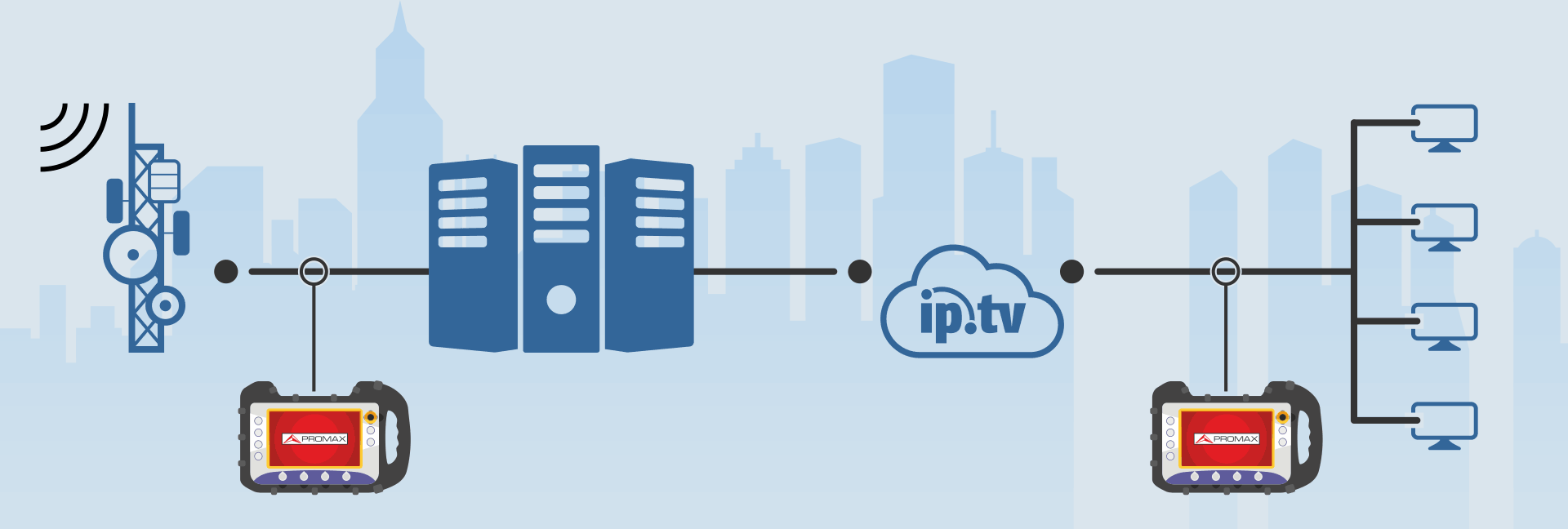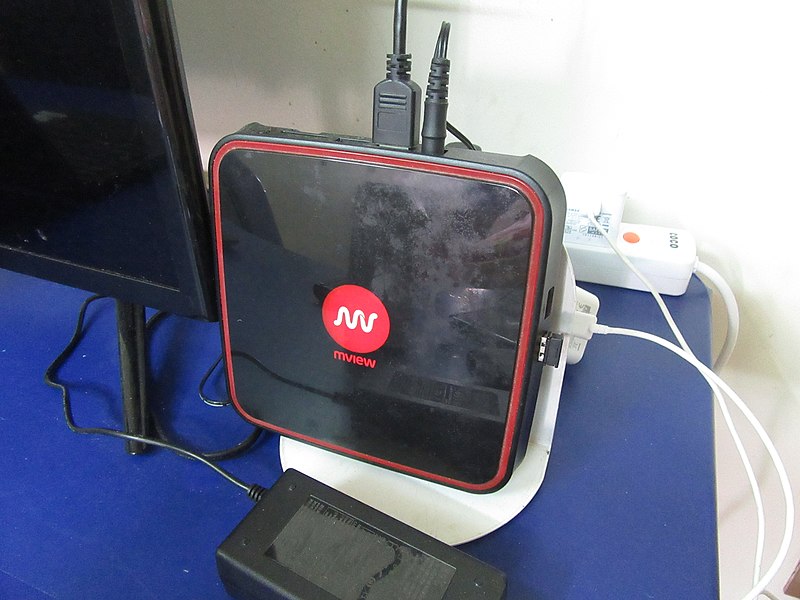In the ever-evolving world of technology, IPTV has emerged as a revolutionary way to consume television content. This innovative method of delivering television programming over the Internet has taken the broadcasting industry by storm, offering viewers a more personalized and interactive experience.
But how exactly does IPTV work behind the scenes? In this deep dive into its functioning and features, we will unravel the intricacies of IPTV technology, exploring the mechanisms that allow for seamless streaming of content and the unique features that set it apart from traditional television services. So sit back, grab your remote, and join us on this enlightening journey into the world of IPTV.
Understanding the Technology Behind IPTV
To truly grasp the technology behind IPTV, it is essential to understand the intricate mechanisms that drive its functionality. IPTV, or Internet Protocol Television, operates by delivering television services through Internet protocol networks instead of traditional methods such as satellite or cable.
This innovative approach allows for greater flexibility and customization in terms of content delivery, making it a popular choice for modern consumers seeking a more personalized viewing experience. By leveraging the power of internet connectivity, IPTV can offer a wide range of features and functionalities that were previously unimaginable with traditional broadcasting methods.
Whether it’s on-demand programming, interactive services, or seamless integration with other devices, IPTV continues to revolutionize the way we consume entertainment content.
Components of an IPTV System

An IPTV system comprises several key components that work together seamlessly to deliver television content over the Internet. The first component is the IPTV server, which is responsible for receiving and transmitting video signals, as well as managing the overall system.
Next, the middleware acts as the bridge between the user interface and the IPTV server, ensuring smooth navigation and access to content. The set-top box is another essential component, serving as the device that connects the television to the internet and allows users to interact with the IPTV system.
Additionally, the content delivery network (CDN) plays a crucial role in delivering high-quality video streams by efficiently distributing content to users across the network. Lastly, the user interface, either through a television or mobile device, provides users with a user-friendly platform to access and enjoy a wide range of television content.
These components work together to create a seamless and immersive viewing experience for IPTV users.
How IPTV Content is Delivered
IPTV content is delivered through a variety of mediums, including internet protocol networks, satellites, and cable systems. The process starts with the content being compressed and encoded into a digital format, which is then transmitted through IP networks to the end user device.
This allows for greater flexibility and customization in terms of the type of content that can be delivered and how it can be accessed. Additionally, IPTV providers utilize adaptive bitrate streaming technology to ensure that the content is delivered in the highest quality possible, based on the user’s internet connection speed and device capabilities.
This results in a seamless viewing experience for the user, with minimal buffering or interruptions. Overall, the delivery of IPTV content is a sophisticated process that requires a combination of advanced technology and efficient network infrastructure.
Features and Benefits of IPTV

IPTV, or Internet Protocol Television, offers a wide range of features and benefits that set it apart from traditional TV services.
One of the key features of IPTV is its ability to provide on-demand content, allowing users to watch their favorite shows and movies whenever they want. Additionally, IPTV offers a more personalized viewing experience, with features such as interactive program guides, advanced search functionality, and customizable channel lineups.
Another benefit of IPTV is its superior video and audio quality, thanks to the use of high-speed internet connections. Furthermore, IPTV allows for seamless integration with other online services, such as video streaming platforms and social media websites.
Overall, IPTV offers a more flexible and convenient way to watch television, making it an increasingly popular choice for consumers worldwide.
Comparison with Traditional TV Services
When comparing IPTV with traditional TV services, there are several key differences to consider. One of the main advantages of IPTV is its flexibility and convenience.
With traditional TV services, viewers are limited to watching programs at specific times and on specific channels. In contrast, IPTV allows users to watch their favorite shows and movies on-demand, whenever and wherever they choose.
Additionally, IPTV offers a wider range of programming options, including international channels and exclusive content that may not be available through traditional TV providers. Another benefit of IPTV is its ability to deliver higher-quality video and audio streams, thanks to its use of internet protocols for transmission.
Overall, IPTV offers a more customizable and modern viewing experience compared to traditional TV services.
Conclusion

In conclusion, IPTV technology has revolutionized the way we consume television content, offering a wide range of features and functions that cater to the varying needs of viewers. From on-demand streaming to live broadcasts and interactive services, IPTV provides a versatile and customizable viewing experience.
With the rapid advancements in technology and the increasing popularity of services like IPTV Suomi, it is clear that IPTV is here to stay and will continue to shape the future of television viewing for years to come. Whether you are a sports fan, movie buff, or simply looking for a convenient and efficient way to watch your favorite shows, IPTV offers a comprehensive solution that is sure to enhance your entertainment experience.


